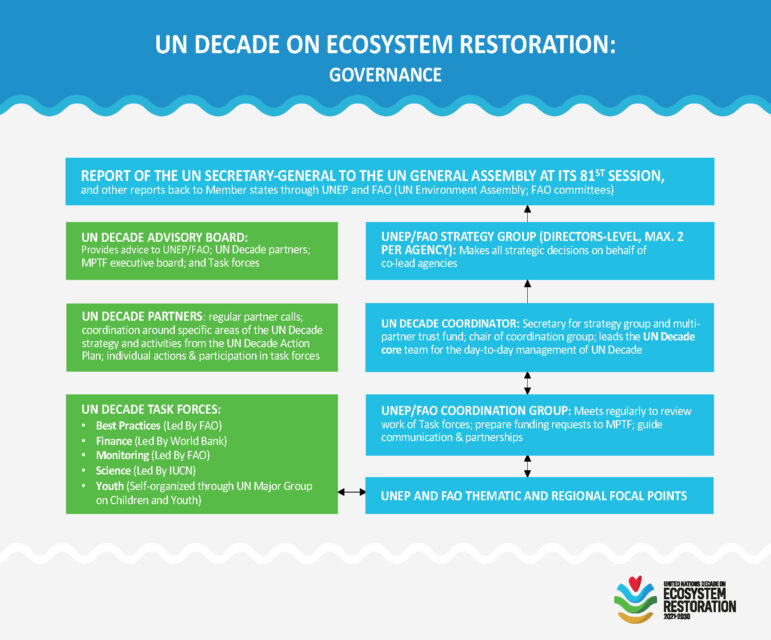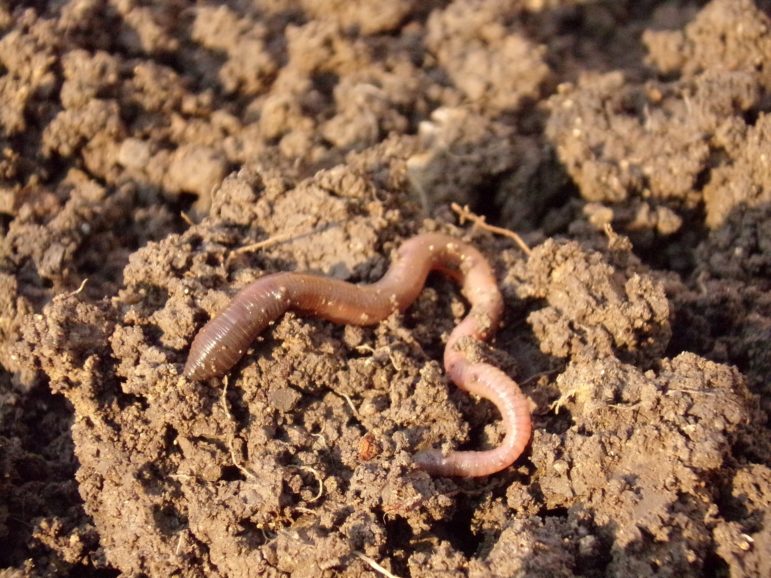TWH – Almost five years ago, the United Nations declared 2021 to 2030 as the Decade on Ecosystem Restoration, highlighting the urgent need to repair damaged ecosystems. Soil, which is essential for most land-based ecosystems, is being degraded at an alarming rate due to harmful human activities like intensive farming and industrial pollution. The UN wrote, “Ecosystems support all life on Earth. The healthier our ecosystems are, the healthier the planet – and its people. The UN Decade on Ecosystem Restoration aims to prevent, halt, and reverse the degradation of ecosystems on every continent and in every ocean. It can help to end poverty, combat climate change, and prevent a mass extinction. It will only succeed if everyone plays a part.”
Soil hosts about 59% of the world’s species, making it the most biodiverse habitat on Earth. The organisms living in soil play vital roles in processes like nutrient cycling, maintaining soil structure, supporting plant and animal health, and regulating the climate. Nevertheless, soil degradation remains a major global issue, threatening ecosystems and food systems.

UN Decade on Ecosystem Restoration [Credit: United Nations
Addressing soil health is critical for protecting biodiversity and ensuring a sustainable future. New research published last month in the Journal of Applied Ecology suggests, as many Pagans, Witches, and Druids have said, we should listen to the land.
Nature sound recordings have been collected for over a century, with a significant increase since the 1950s. Initially, these recordings were used to study animal communication. However, they also provide insights into the overall health and structure of ecosystems. The practice of using remote acoustic sensors to monitor environments, known as passive acoustic monitoring, is commonly applied in marine, land, and freshwater settings. Acoustic sensors capture sounds from a wide range and over long periods, offering an efficient way to monitor species and ecosystems.
Ecoacoustics, a growing field, uses these methods to gather data about species presence, population structure, and ecosystem functions. It complements other monitoring techniques like camera traps and satellite imagery. Recent advancements in ecoacoustics include improved sound analysis and machine learning tools, which help interpret vast amounts of audio data. These innovations allow researchers to address broader ecological questions and apply findings to conservation efforts.
Ecoacoustic methods are now being integrated into large-scale monitoring programs, contributing valuable information to global initiatives like the United Nations Sustainable Development Goals. Researchers are refining tools for analyzing soundscapes and individual acoustic events, helping to standardize data collection. This growing field has the potential to play a key role in shaping national and international biodiversity policies.

Earthworm on soil – Pixabay
“You can actually use sound to listen to the soil and get an indication of soil health, based on the little critters moving around,” said Jake Robinson, a microbial ecologist at Flinders University in Australia and lead author of the study, in an interview with Grist. “It’s quite interesting to hear a millipede, who’s got tiny legs. It’s like a little hairy, high-frequency tapping sound. Then, for instance, a snail, which is like a slow, slimy, glide-y sound, and the worm is something in between,” said Robinson. “That’s like listening to Mother Earth, isn’t it?”
The new research used ecoacoustics to look at the impact of woodland restoration efforts.
The study found that soils in both remnant and restored grassy woodland areas had higher levels of acoustic complexity and diversity compared to soils from cleared plots. That complexity was created by the diversity of life in the soil. The researchers discovered a positive link between these acoustic qualities and the abundance and variety of soil invertebrates, with richer scores in the remnant and revegetated soils. More importantly, the researchers observed significant differences in soil sound complexity between healthy, restored soils and cleared soils. These differences were tied to the number of invertebrates in the soil, further strengthening the use of ecoacoustics as a non-invasive way to assess soil health.
The use of ecoacoustics is still in its infancy. But the current study supports the idea that soil ecoacoustics could be a useful tool for monitoring soil biodiversity across different environments.
And the impact of technology could be immense. Monitoring soil health through soundscapes could help farmers and growers identify areas that need attention before problems arise. It can also help conservationists and climate leaders make better decisions about rewilding spaces and restoring habitats while minimizing the human impact on the land.
The Wild Hunt is not responsible for links to external content.
To join a conversation on this post:
Visit our The Wild Hunt subreddit! Point your favorite browser to https://www.reddit.com/r/The_Wild_Hunt_News/, then click “JOIN”. Make sure to click the bell, too, to be notified of new articles posted to our subreddit.